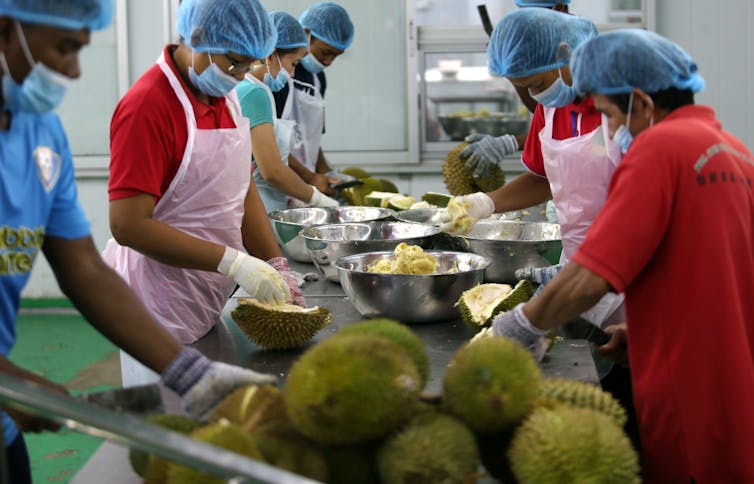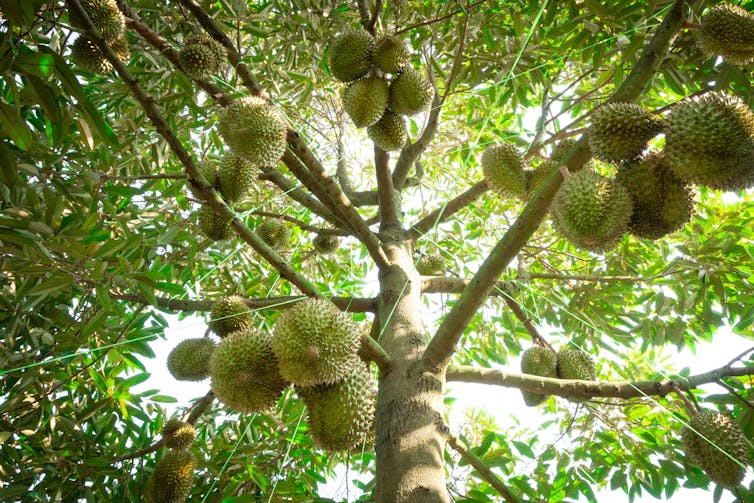
California Gov. Gavin Newsom signed legislation Monday protecting LGBTQ youth from being outed to their parents by schools. File Photo by Terry Schmitt/UPI | License Photo
July 16 (UPI) -- Gov. Gavin Newsom has signed legislation making California the first U.S. state to prohibit schools from outing transgender students to their parents.
The Democratic governor signed Assembly Bill 1955, better known as the SAFETY Act, Monday, according to a statement from his office, after the legislation passed through the state's Congress last month.
Under the bill, California school districts are barred from disclosing information concerning any student's sexual orientation, gender identity or gender expression to any other person, including the student's family, without their consent.
It also prevents retaliation against teachers who support their students' rights.
State Assemblymember Chris Ward, a Democrat, introduced the bill in May, stating it was in response to school districts passing policies forcing teachers to notify parents if their children identify as transgender. He said these policies put those students at risk.
"Politically motivated attacks on the rights, safety and dignity of transgender, nonbinary and other LGBTQ+ youth are on the rise nationwide, including in California," Ward said in a statement.
"While some school districts have adopted policies to forcibly out students, the SAFETY Act ensures that discussions about gender identity remain a private matter within the family."
According to Ward's office, more than a dozen school boards last year either proposed or implement policies requiring teachers to inform parents if their children identified as transgender or asked to be called by a different name or pronouns.
A 2023 report by the Human Rights Campaign concerning youth transgender and gender-identity stated that nearly 60% of LGBTQ+ youth reported a least one negative or rejecting experience by parents and family, with 45% stating they were made to feel bad by their parents of family for being LGBTQ+.
Meanwhile, The Trevor Project's 2023 national survey on the mental health of LGBTQ youth found that 41% of LGBTQ youth seriously considered attempting suicide in the past year, with transgender, nonbinary and people of color reporting higher rates than their peers.
It also said fewer than 40% found their home to be LGBTQ-affirming.
While proponents of the bill argued that it protects LGBTQ students and was potentially life saving, opponents said it undermines parental rights.
The conservative Center for American Liberty legal organization lambasted the legislation Monday as "an outrageous attempt to keep parents in the dark" while reiterating the conspiracy theory that schools were indoctrinating children in "radical gender ideology."
"In school districts across California, parents fought back against parental secrecy policies by running for school boards and passing policies that ensure parents are informed about their kids' education and wellbeing," Harmeet Dhillon, the founder and CEO of the Center for American Liberty, said in a statement.
"It's crucial that we uphold local voices and the integrity of the democratic process in shaping the education of our children."
On the other side of the political spectrum, LGBTQ and transgender advocates welcomed Monday's signing.
"This essential legislation safeguards against policies that forcibly out students, offers vital resources for families, and protects educators who foster inclusive environments," Trans Family Support Services Executive Director Kathie Moehlig said in a statement.
"By preventing undue interventions in personal family matters, the SAFETY Act ensures private and consensual discussions between students and their parents. This bill is a crucial step toward making all California students feel safe and supported at school."
"Politically motivated attacks on the rights, safety and dignity of transgender, nonbinary and other LGBTQ+ youth are on the rise nationwide, including in California," Ward said in a statement.
"While some school districts have adopted policies to forcibly out students, the SAFETY Act ensures that discussions about gender identity remain a private matter within the family."
According to Ward's office, more than a dozen school boards last year either proposed or implement policies requiring teachers to inform parents if their children identified as transgender or asked to be called by a different name or pronouns.
A 2023 report by the Human Rights Campaign concerning youth transgender and gender-identity stated that nearly 60% of LGBTQ+ youth reported a least one negative or rejecting experience by parents and family, with 45% stating they were made to feel bad by their parents of family for being LGBTQ+.
Meanwhile, The Trevor Project's 2023 national survey on the mental health of LGBTQ youth found that 41% of LGBTQ youth seriously considered attempting suicide in the past year, with transgender, nonbinary and people of color reporting higher rates than their peers.
It also said fewer than 40% found their home to be LGBTQ-affirming.
While proponents of the bill argued that it protects LGBTQ students and was potentially life saving, opponents said it undermines parental rights.
The conservative Center for American Liberty legal organization lambasted the legislation Monday as "an outrageous attempt to keep parents in the dark" while reiterating the conspiracy theory that schools were indoctrinating children in "radical gender ideology."
"In school districts across California, parents fought back against parental secrecy policies by running for school boards and passing policies that ensure parents are informed about their kids' education and wellbeing," Harmeet Dhillon, the founder and CEO of the Center for American Liberty, said in a statement.
"It's crucial that we uphold local voices and the integrity of the democratic process in shaping the education of our children."
On the other side of the political spectrum, LGBTQ and transgender advocates welcomed Monday's signing.
"This essential legislation safeguards against policies that forcibly out students, offers vital resources for families, and protects educators who foster inclusive environments," Trans Family Support Services Executive Director Kathie Moehlig said in a statement.
"By preventing undue interventions in personal family matters, the SAFETY Act ensures private and consensual discussions between students and their parents. This bill is a crucial step toward making all California students feel safe and supported at school."




















